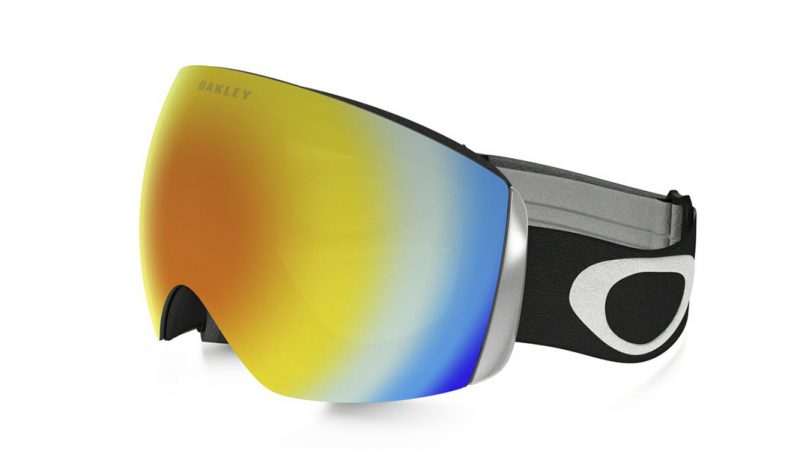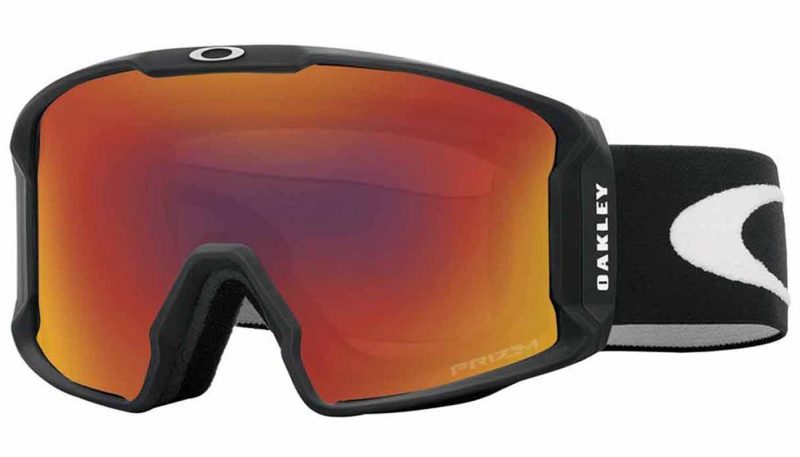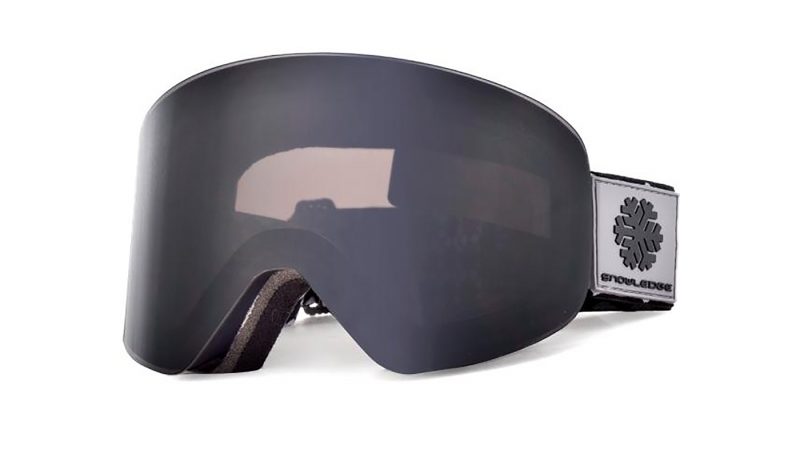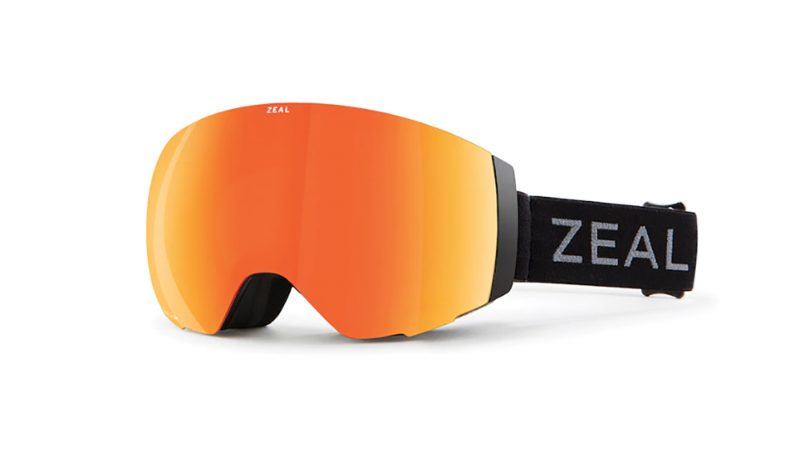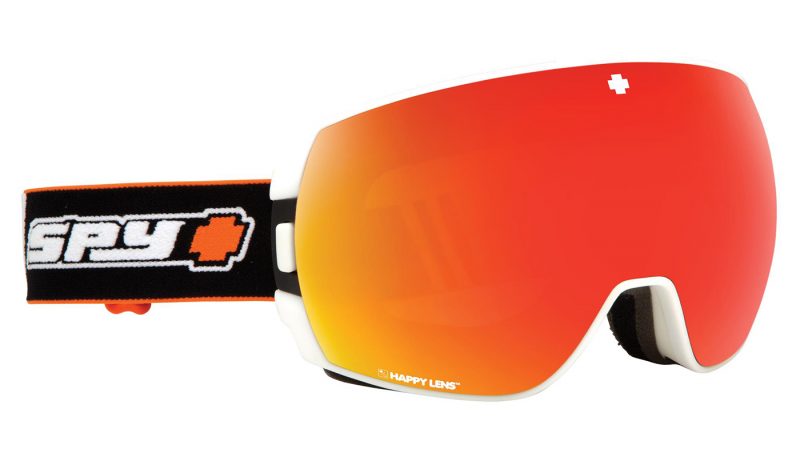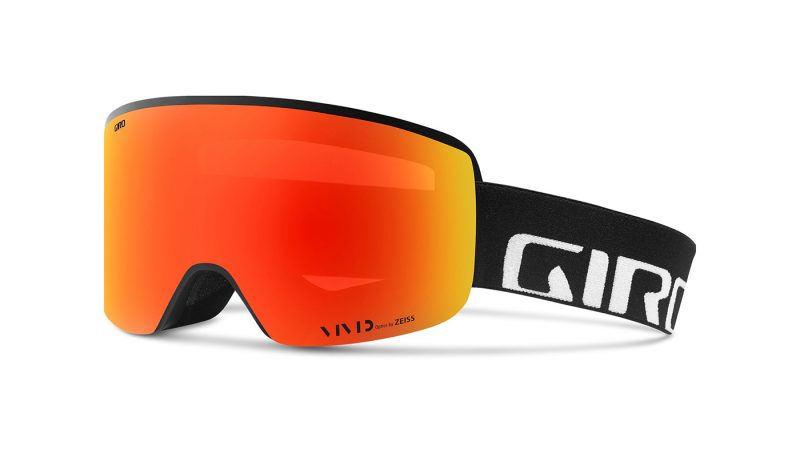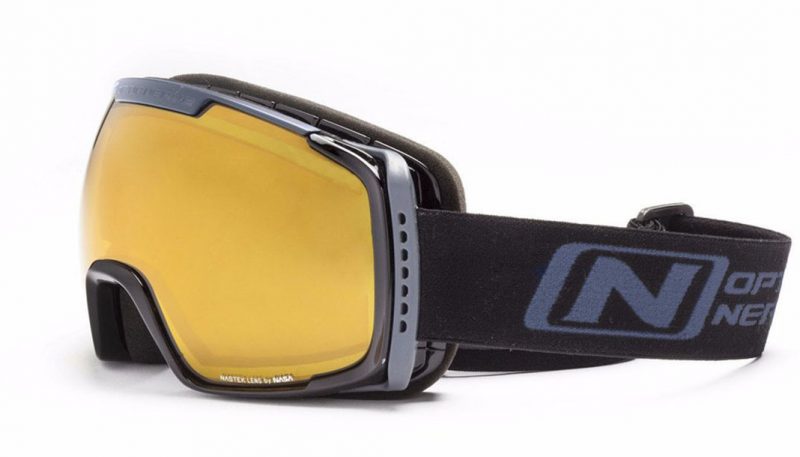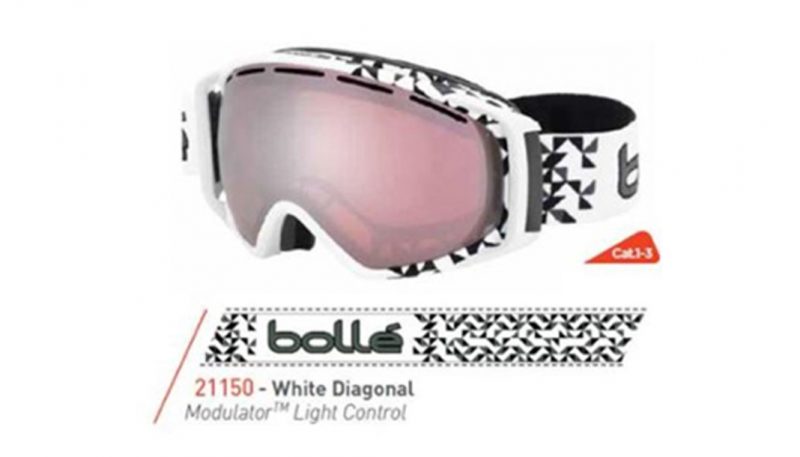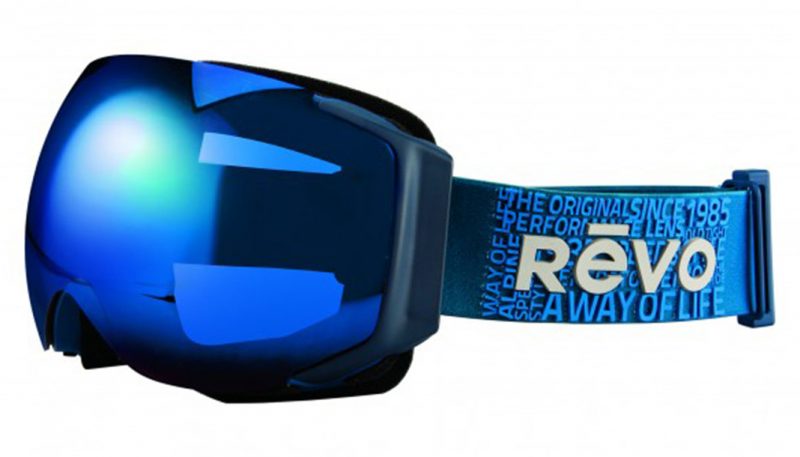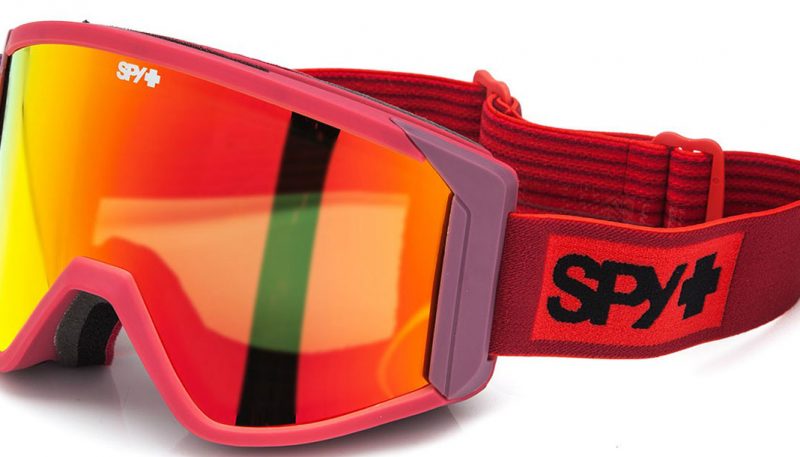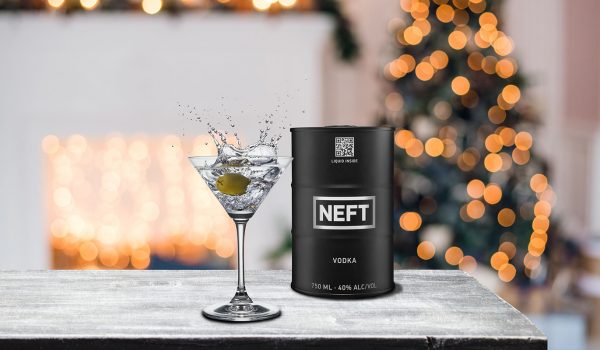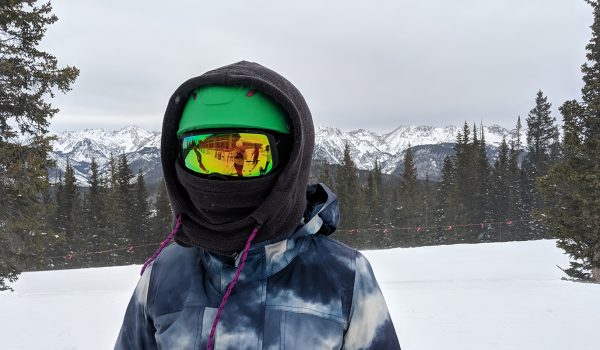As for this year’s test, we awarded the Best In Class title to the Oakley Line Miner, with the Zeal Portal, Snowledge Whistler, Spy Legacy, and Giro Axis rounding out the top five.
Although the Oakley Line Miner didn’t score the highest in each and every category, we found that overall they were the best of the rest. The lens quality was the only 9 out of 10 awarded. They worked well in virtually all types of light, the foam was soft and had the right amount of sponginess, they had the right curvature to match most faces, the large cylindrical view tied for best field of view, and their venting was spot-on. However, they scored in the middle of the pack in both the weight and the anti-fog test categories. And the one category they could have scored much better in was what we titled “lens change ease.” They have resorted to the “traditional” system where one has to snap in the lens at the nose first, then snap the lens in at each of the corners, making sure that it stays in the rails of the frame all the way around. With a little practice, we were able to remove and replace the lens in 37 seconds (the next quickest “traditional” lens remove and replace was more than a minute, and most of them took up two minutes—and the lenses got fingerprints in the process). All of the newer lens swap systems are much quicker and don’t require you to get your fingerprints all over the lenses. So in future tests, we may give even more weight to this category.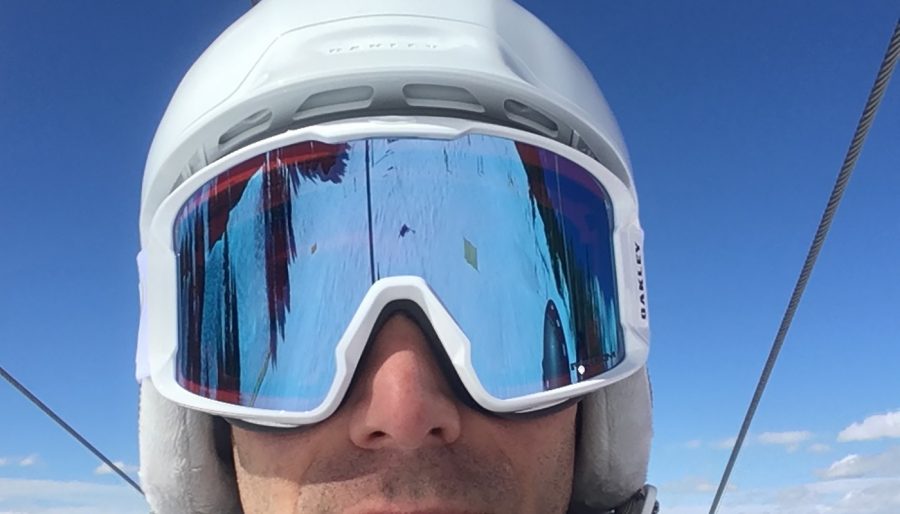
Rounding Out the Top Five
As for the others in the top-five, we really liked the Snowledge Whistler. Prior to the season, we had never heard of the company, and didn’t even write to them asking for goggles—they just showed up at our office. But when we gave them a try, we really liked so many of their features that we had to rank them in the top five, and even gave them a special new award: “The Dark Horse.” Not only are these very cool-looking goggles, but they have a revolutionary magnet system holding the lenses in place—we did a lens swap in under four seconds! Before testing, we thought there was no way the lenses would stay in with these nine magnets—but we were so pleasantly surprised. These are the easiest-to-change lenses on the market! (We know Cebe has a similar magnet system, but despite our requests for some goggles to test, they did not get them into us before our deadline—I guess we will check those out for 2018-19!). And with Snowledge’s MSRP of just $65, we have to admit that upon opening Snowledge (and their semi-hard shell case, which is great) we had our doubts. How could a pair of goggles that inexpensive be good?
We are definitely eating those words! We were seriously blown away with the frame and lens quality. And we had to admit that we questioned the magnet system—would the lens pop off if we face-planted? I humbly have to admit that it does not. The lenses stayed intact (and scratch-free) despite me tomahawking myself down Aprez Vous in the back bowls of Vail (maybe more than once—I will neither confirm nor deny that). Those dudes at Snowledge can really run with the big dogs! Kudos! Keep up the great work!
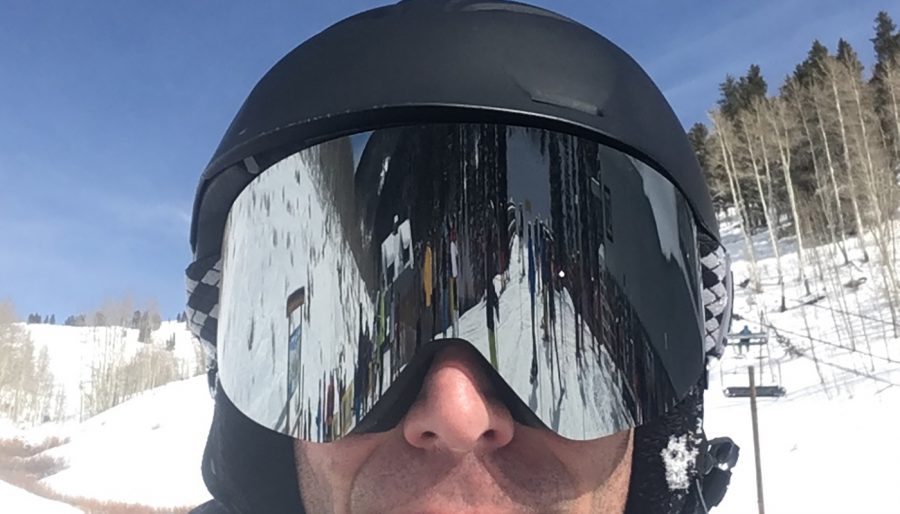
Rounding out the rest of the top five, this elite group included three other pairs that we found were best of the rest. Each one had a lens quick change system we loved: the Zeal Portal had the lens “rail lock” system, the Spy Legacy had the “Lock Steady” system, and the Giro Axis has a combination magnet & snap-in system. We also need to give props to the Scott LCG and the Native Dropzone (both of which just fell barely outside the top-five) but each has a great “slider lock” system where you slide a lever on the side of the frame, and the lens literally pops out.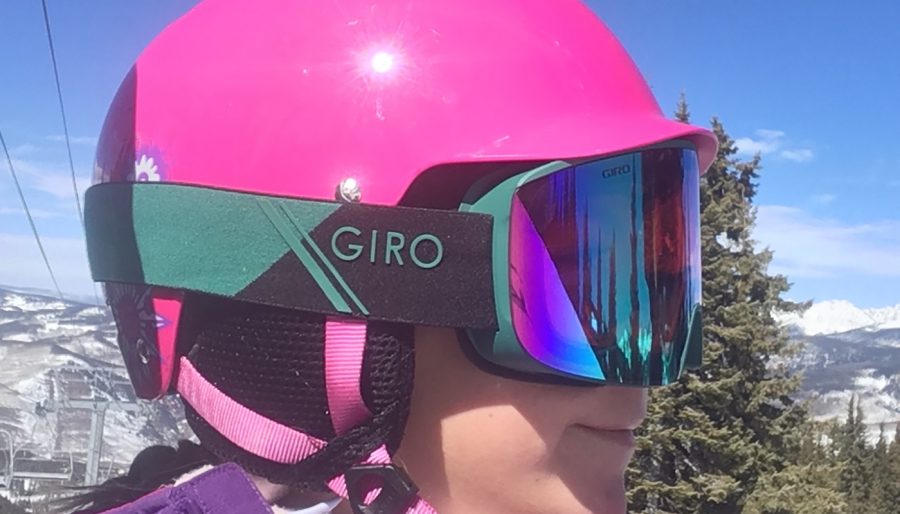
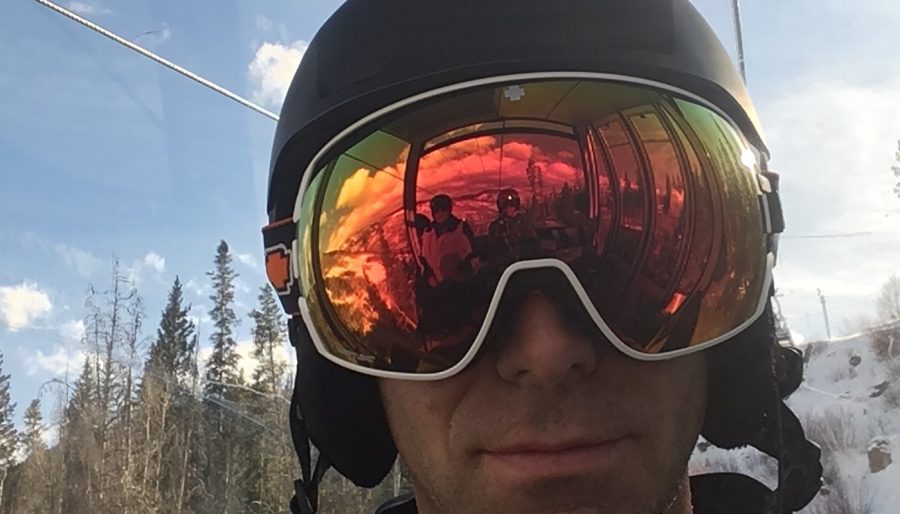
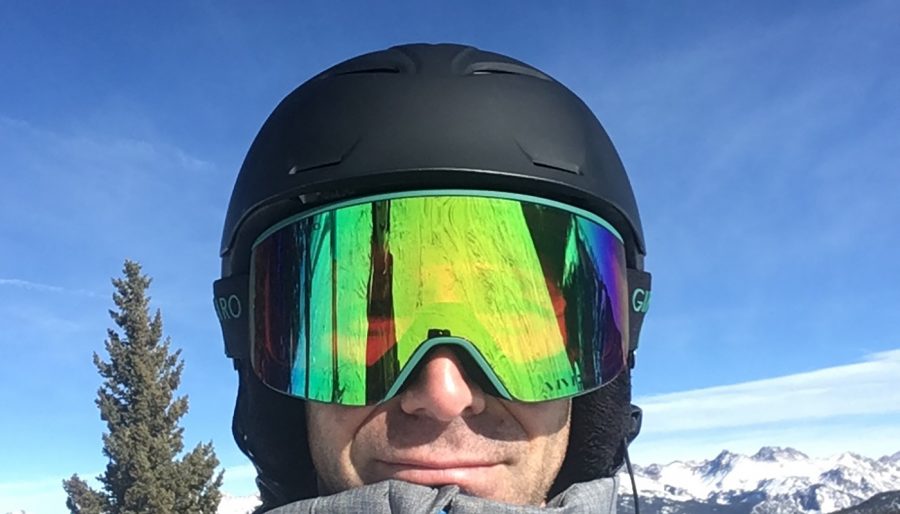
The Other Side of the Coin:
On the other side of the coin, there were several pairs we tested that fell below the line, for several reasons. Each had its own set of flaws, with the biggest complaints being that the lenses were impossibly hard to change (after 5 minutes we literally gave up changing lenses on one), or they did not “seal” well with either virtually any testers’ faces or with multiple helmets, or scratchy foam around the goggles. All had lens quality issues as well, specifically, in changing light. In Colorado, we rarely get a day where the weather is the same from 8:30 a.m. to 3:30 p.m.. So the lenses that could not keep up with the changing light conditions really got downgraded in our tests.
Lens Change
As we watch the industry really progress in this area, we added this category to keep up with the changes. In future years, “lens change” might not mean “swapping out from one lens to another” but instead might include photochromic lenses that change automatically with the brightness of the sun.
Our research tells us that even casual day-skiers want different lenses for different weather, and so changing lenses (either physically swapping them out, or with photochromic or photoelectric technology) is a must. So it just makes sense that this is the category we saw the most innovation since last year, with the Snowledge Whistler leading the pack. With its magnets-on, magnets-off quick change system, anyone can do a lens change in seconds, even in bad weather (or on a chairlift) when a quick lens change is most critical.
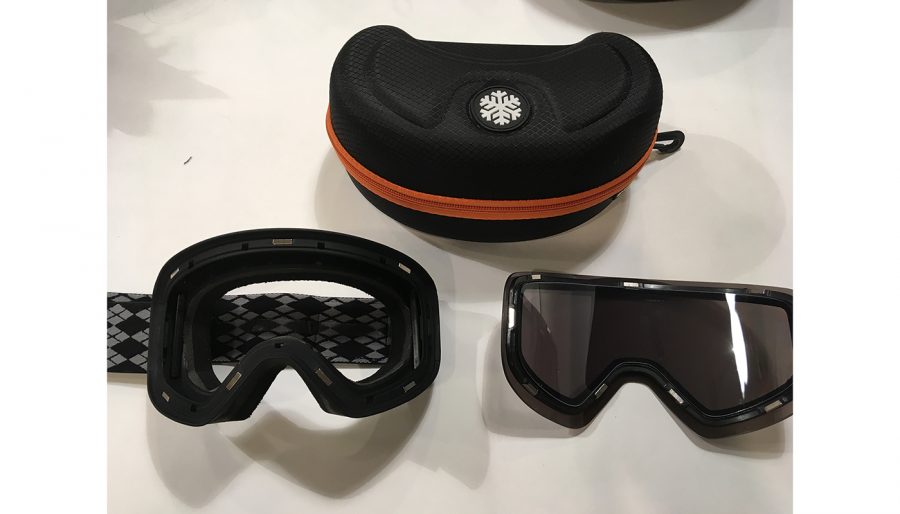
Frame & Lens Quality
The Zeal Portal’s have a solid frame and lens quick change “slider” system, but what really impressed us was the quality of the lenses. Great in all levels of light, and very scratch-resistant, we appreciated how versatile they were, receiving a well-above-average 9. The only lens that outperformed the Zeal was the Oakley Line Miner, which received Best In Class.
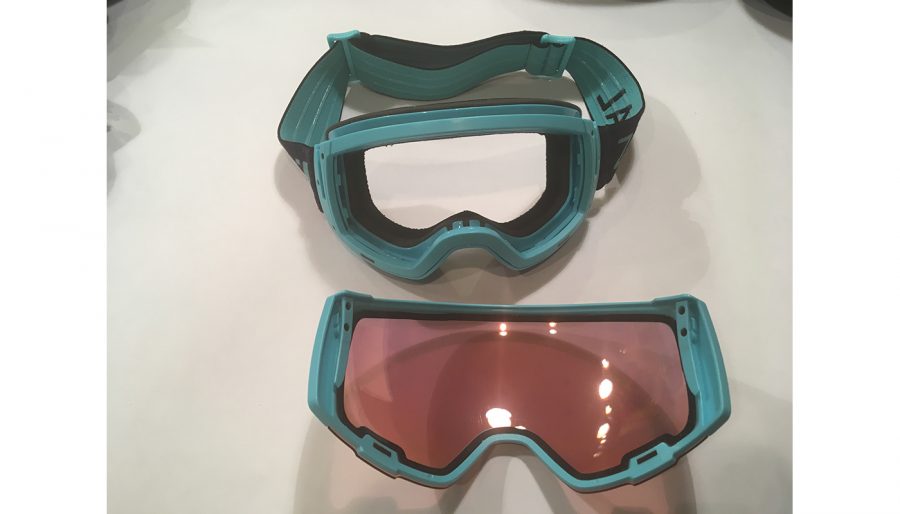
Field of View
Of all the oversize spherical goggles, the Spy Legacy took the number one spot in the Field of View category. We loved being able to see in all directions, without the lenses becoming distorted around the edges.
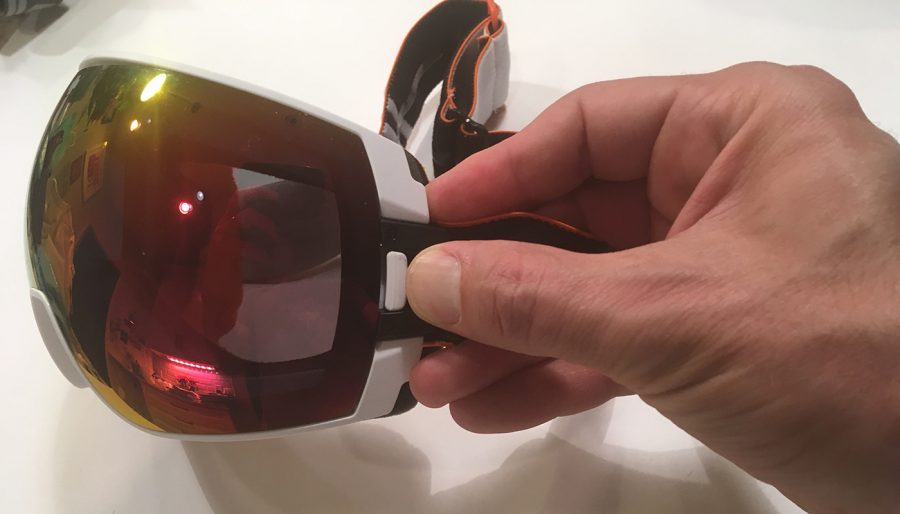
The Giro Axis really impressed us in this category, thanks to the almost universal shaped frame which fit hand-in-glove to seal with most helmets. We also loved how the Giro Axis fit with most of the tester’s faces, including some of the younger teenagers.
Weight, Fit, and Comfort
Our testers included several hard-charging, aggressive skiers and snowboarders, as well as from several novice skiers and even a few kids aged 11-14. Feedback about each of the twenty-three total entries in our review was collected from all of our testers, then compared side by side in six newly-updated categories: (1) field of view, (2) fit & comfort (3) anti-fog power (4) lens & frame quality, (5) lens change ease (a brand-new category this year!), and (6) features. This year many of the entries scored similarly in field of view, fit & comfort, and anti-fog power, so the test really came down to two main categories: lens & frame quality and lens change ease. We see these two main factors as the future of goggle technology–if a manufacturer can’t keep up in those two categories, they not going to be a contender for Best in Class.
Test Methods
The goggles were tested in the backcountry and in-resort skiing on sunny, cloudy, and snowy days, in temperatures ranging from 10 to 40 degrees. Testing feedback came from several hard-charging, aggressive skiers and snowboarders, as well as from several novice skiers and even a few kids aged 11-14. Feedback about each of the twenty-three total entries in our review was collected from all of our testers, then compared side by side in six newly-updated categories: (1) field of view, (2) fit & comfort (3) anti-fog power (4) lens & frame quality, (5) lens change ease (a brand-new category this year!), and (6) features. The Gear Institute Rating is the combined score across all categories, representing the highest overall level of performance, and we highlighted the five that stood out above the rest.
Future Trends
As for future trends in the goggle category, we really like watching the improvements in the lens-change technology. Seriously, on those really cold days, or on days that are snowy/windy, if it takes more than about 30 seconds to swap lenses, we got mad. And if, after the change, the lens was so finger-printed up because we had to manhandle the lens, we were even madder. Our advice is that if you can’t swap lenses out easily (and we’re talking while on the lift, in windy conditions, in about 30 seconds or less), just forget about it and make a fixed-lens system.
We also love the improvement in technology of the lenses, since over the years we’ve seen goggles going from a thin piece of plastic that was merely designed to prevent your eyes from watering too much (the 70’s and 80’s), to neon and fluorescent goggles that were more fashion statements than function (the 90’s), to where they are today: trusty assistants to make sure you see those unexpected “ghost” moguls in the middle of the run and don’t get knocked you on your ass (or worse, into another skier/boarder/tree).
The other trend we thought was coming—but were wrong (hey, we can’t always be right!) was starting to see more helmets with goggles that are permanently integrated (i.e., they slide up into the helmet/slide down over the eyes). These seem to be fading away, and we think that is due to the demand for multiple lenses, and quick-change lens systems.
Speaking of quick-change lens systems, the quickest of all just may be electrochromatic lenses, which are just starting to bud.
We got a sneak peek at the new Spy Ace with electrochromatic lenses, which have a very cool button on the side that you push to make the lenses darker/lighter. There are three distinct phases (light, medium, and dark). We loved the fact that the lithium-ion battery was small enough to not add much weight to the strap—the electrochromatic system was 6.0 ounces while the regular Spy Ace goggles came in at 4.9 ounces. What we did not like was that the “light” tint was not light enough for dark overcast or snowy conditions, although the “dark” setting was definitely dark enough for blue-sky days. And you only get a couple of days of use before the battery dies. So for you weekenders, if you forget to charge it on Friday night, you might be screwed on Saturday—and be forced to stick with the same tint level you ended with the weekend prior. So you might want to carry a Goal Zero recharger—which kind of defeats the purpose having electrochromatic lenses (because if you’re going to carry a recharger in your pocket, that’s pretty much the same as throwing a second pair of lenses into your pocket). Time will tell, and as the technology improves, electrochromatic lenses just might become the industry standard. From our talks with the reps at SIA in January, we know some of the largest goggle companies out there (no revealing who—but when we say “largest,” you can probably guess who we’re talking about!) are developing their own electrochromatic lenses, and at least one of the 800-pound gorillas is working on a photochromatic pair that is not electric—they adjust automatically based on the amount of sunlight they sense.
With all these great technological advances, we are really looking forward to our 2018-19 tests. Stay tuned to GearInstitute.com to see where the technology goes.
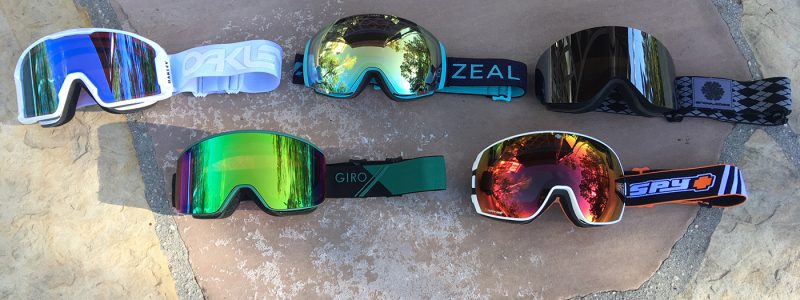
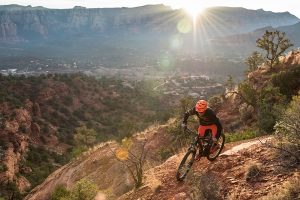
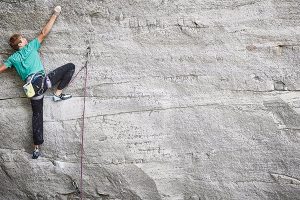
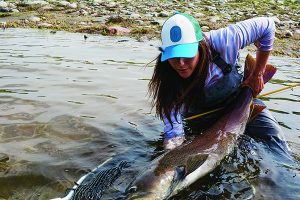

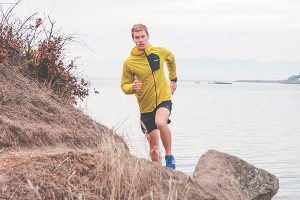
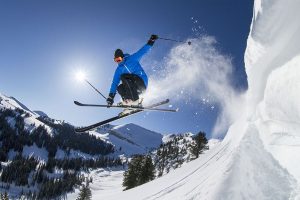










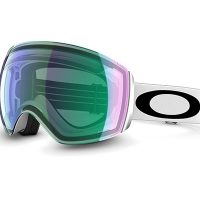
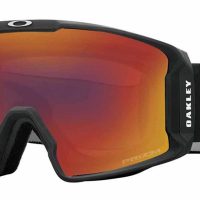
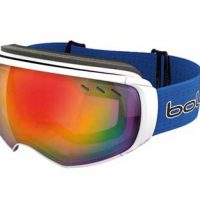
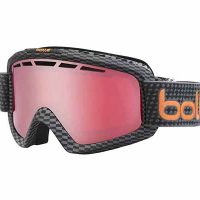
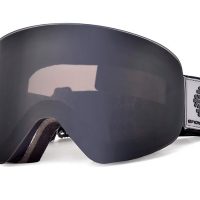
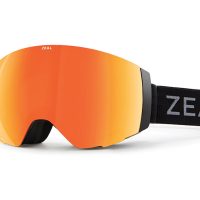
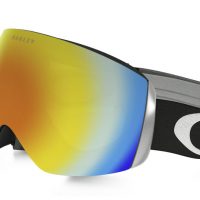
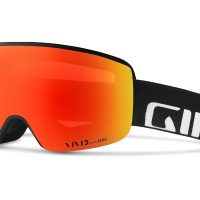
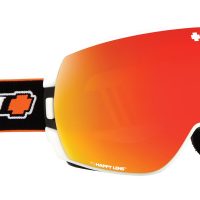
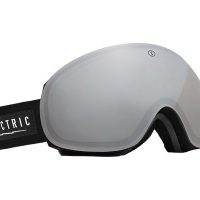
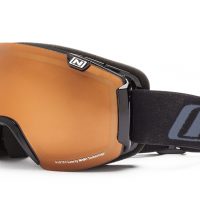
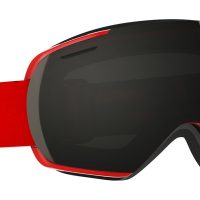
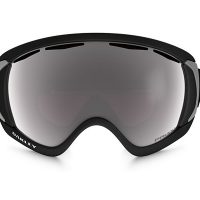
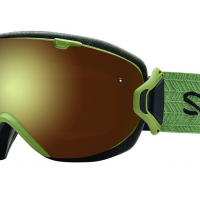
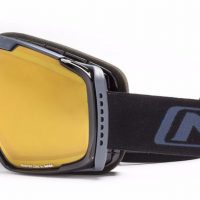
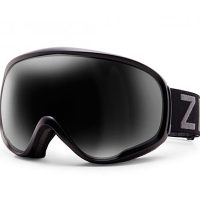
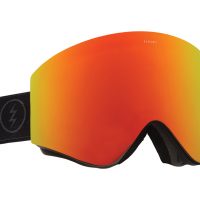
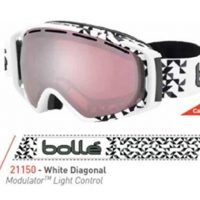
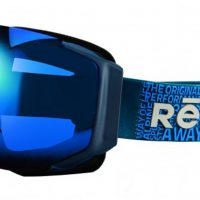
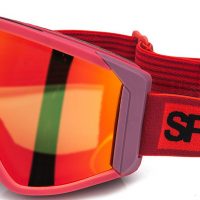
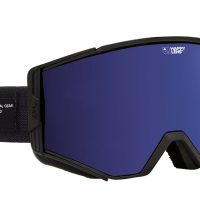
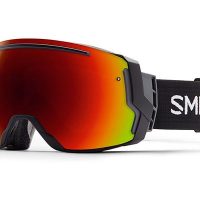
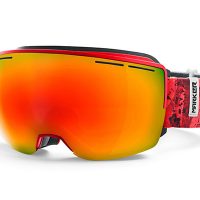
 86
86 